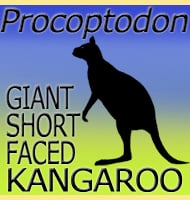In Depth
Palaeovespa is a genus of wasp that lived at least from the end of the Paleocene to the end of the Eocene. Palaeovespa is noted for its similarity to the modern day genus Vespa, hence the name Palaeovespa which means ‘old Vespa’. However the wing structure of Palaeovespa leaves no doubt that it is a distinct genus.
Further Reading
- Fossil Hymenoptera from Florissant, Colorado. - Bulletin of the Museum of Comparative Zoology, Harvard College 50(2):33-58. - T. D. A. Cockerell - 1906. – Fossil Trigonalidae and Vespidae (Hymenoptera) in Baltic amber. – Proceedings of the Entomological Society of Washington. 107 (1): 55–63. – G. Poinar – 2005.- The oldest Vespinae from the Paleocene of Menat (France) (Hymenoptera: Vespidae). – Zootaxa. 1344 (1): 59. – Andr� Nel & Francis Auvray – 2006.









